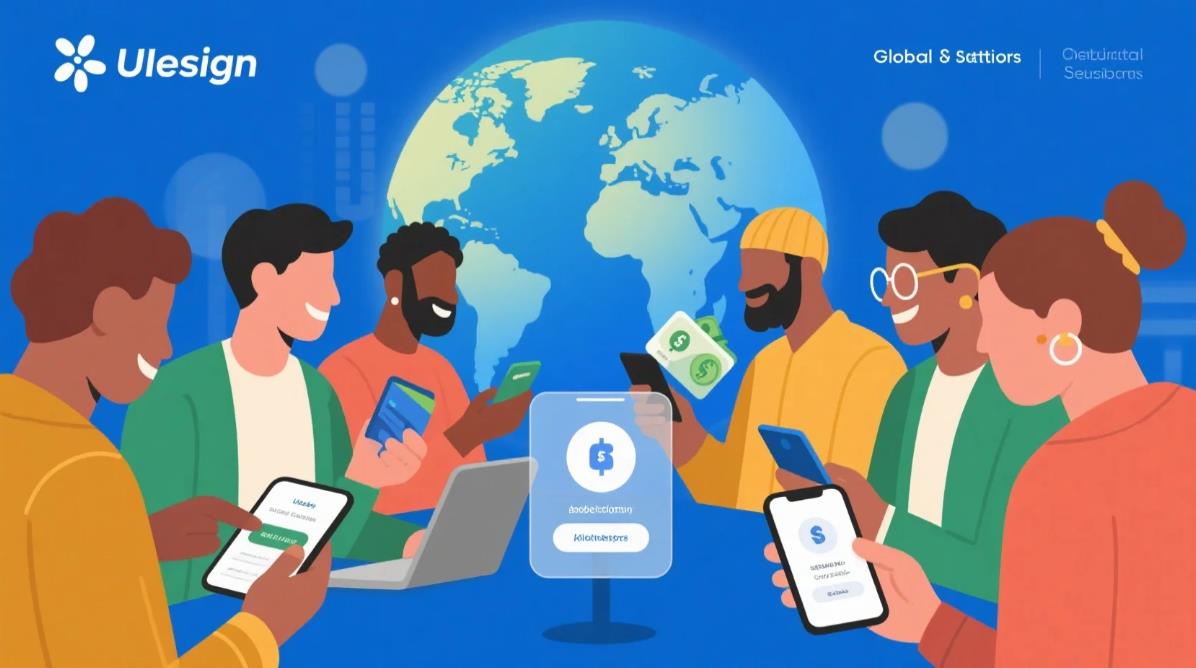A quiet revolution is unfolding in the digital economy as authentication evolves from conscious actions to seamless, continuous verification. Ambient authorization systems—which authenticate users through behavioral biometrics and environmental signals rather than passwords or fingerprints—are creating frictionless yet ultra-secure financial experiences. These systems analyze over 5,000 subtle parameters, from typing cadence to device handling patterns, building real-time trust scores that adapt with user behavior. Early implementations show 300% faster transaction completion with fraud rates reduced to 0.003%, signaling the death knell for traditional authentication methods in high-value finance.
The technology stack powering this shift reveals why it's so transformative. Multi-modal sensor fusion combines data from smartphone accelerometers, ambient light sensors, and even microphone arrays to create unique user fingerprints. Mastercard's "Silent Authentication" system can verify identities with 99.99% accuracy simply by how a person holds their phone during a transaction. More advanced implementations like HSBC's "Cognitive Security" analyze micro-behavioral patterns in how users interact with interfaces—the unconscious hesitation before clicking suspicious links or the distinctive scroll velocity when reading familiar content. These systems don't just authenticate—they understand normal behavior so precisely that anomalies trigger alerts before fraud occurs.

Financial inclusion benefits are particularly striking. In emerging markets where traditional banking credentials are scarce, ambient systems are enabling secure access through device-agnostic behavioral profiles. Kenya's M-Pesa now approves 43% of mobile transactions through typing rhythm analysis alone. For elderly users struggling with complex authentication, systems like Bank of America's "Golden Years" mode reduce verification to natural interactions—the system recognizes users by how they naturally speak to their devices. The most progressive implementations are context-aware: Barclays' travel mode automatically adjusts authentication thresholds when it detects expected location changes while maintaining security through behavioral continuity checks.
The cybersecurity implications are profound. Traditional authentication creates security versus convenience tradeoffs—ambient systems provide both simultaneously. JPMorgan's "Continuous Trust" platform maintains secure sessions for weeks by constantly monitoring hundreds of subtle behavioral signals, only challenging users when confidence drops below 98%. Perhaps most impressively, these systems demonstrate emergent protective behaviors—some have autonomously developed "baiting" techniques that feed false information to attackers while alerting security teams. The economic impact is staggering: Gartner estimates ambient authentication will save financial institutions $8 billion annually in fraud losses and customer service costs by 2026.

Implementation challenges reveal fascinating complexities. The "privacy paradox" requires careful navigation—users happily share behavioral data when it creates convenience but resist perceived surveillance. Energy optimization presents another hurdle—continuous sensing initially drained device batteries, though new federated learning approaches process 90% of analysis locally. The most profound challenge is psychological: convincing users that invisible protection can be stronger than visible security rituals they've trusted for decades.
Commercial applications extend far beyond banking. Insurers are piloting usage-based policies where premiums adjust in real-time based on behavioral risk indicators. Trading platforms use stress-detection algorithms to prompt cooling-off periods during volatile markets. The most innovative applications emerge in decentralized finance—Uniswap's experimental "Wallet Guardian" automatically blocks suspicious transactions by analyzing the behavioral context of each swap attempt.

As the technology matures, we're seeing the rise of "predictive authentication" that anticipates user needs before explicit requests. Some neobanks now pre-approve transactions when behavioral and location context indicate legitimate intent. The next frontier involves "collaborative authentication" where multiple trusted devices jointly verify identities through environmental cross-checking—your phone, smartwatch, and car working together to maintain continuous digital trust.
Regulatory frameworks are evolving to address this paradigm shift. The EU's Digital Identity Wallet mandate requires all ambient systems to provide "visibility modes" where users can see what's being authenticated. The U.S. FTC has issued guidelines on behavioral data minimization, while Singapore's MAS is pioneering "adaptive regulation" that scales oversight based on system accuracy metrics.
In this emerging reality, digital trust becomes less about proving who you are and more about being consistently yourself. The financial institutions leading this charge aren't just improving security—they're crafting experiences where technology fades into the background, leaving only natural human interaction. As ambient systems grow more sophisticated, they may render today's authentication methods as obsolete as the padlock and key, giving rise to a world where your financial life simply recognizes you—everywhere, all the time.






